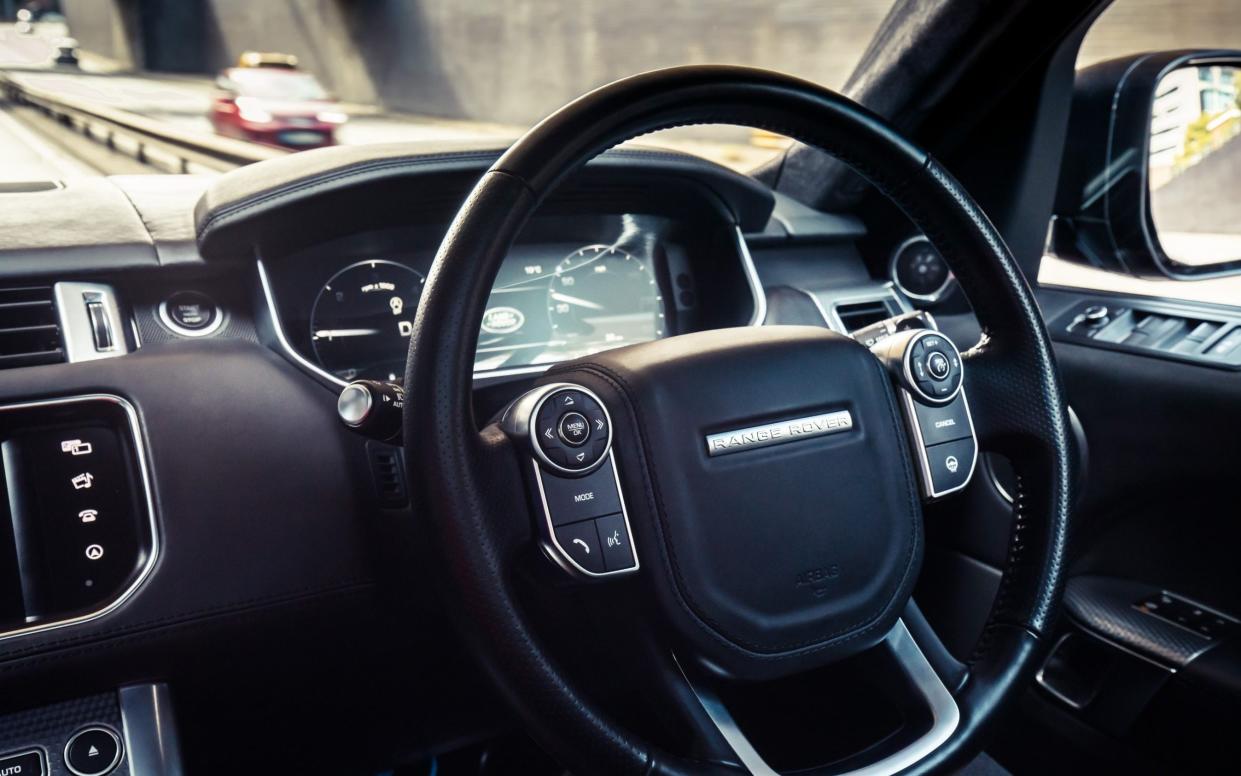Self-driving car developers could be held accountable for crashes – not motorists

Motorists in self-driving cars will not be held legally liable for crashes or accidents under a blueprint by the Law Commission for a new era of automated travel.
In a major report published on Tuesday, the commission said drivers of automated cars should have immunity from offences such as dangerous driving, speeding, or running a red light if the vehicle was in self-driving mode.
Under the proposed new laws, the developer would instead be responsible for any accidents and face sanctions from a new regulator including compliance, civil penalties and suspension or withdrawal of their licence if they were found to be to blame.
Bosses of the companies could also face criminal prosecution and jail if they failed to disclose to the regulator any faults, design flaws or test data that could have prevented the accident. If someone died or was seriously injured, it would be treated as an “aggravated” offence with longer sentences.
Anyone injured or killed by a car in self-drive mode would be directly compensated by an insurer without having to prove anyone was at fault. The insurer would then be able to bring a secondary claim against whoever was to blame for the accident, under automated vehicle laws already enacted.
There will be a presumption that cars driven by robots should be safer than human motorists but the commission said it would be up to ministers to decide how much safer. Many of those consulted felt the vehicles needed to be “substantially safer” to gain public acceptance, said the commission.
The owner of the vehicle would still be responsible for insuring the vehicle, maintaining it in a roadworthy state, reporting accidents, parking or making sure children in the vehicle were wearing safety belts. Failure to do so would be a criminal offence.
A motorist would also still become liable for the driving if there was an incident where the automated vehicle had to pass responsibility to the motorist, such as sudden bad weather.
The commission recommended there should be a “transition period,” during which the driver would be alerted by vibrations, light and noise that they should take control of the car.
Research suggested it should be at least 10 seconds long, giving “the individual time to work out what is happening around them”. If the human driver did not respond, the car would have to be able to come to a stop automatically.
'Right regulators' needed
Trudy Harrison, a junior minister, said the Government would “fully consider” the recommendations for a technology that had the potential “to revolutionise travel, making everyday journeys safer, easier and greener.”
However, she said: “We must ensure we have the right regulations in place, based upon safety and accountability, in order to build public confidence.”
The Department for Transport has already commissioned trials of cars that can self-drive in motorway lanes, while by July Mercedes-Benz will roll its first S-class cars able to drive themselves at speeds of up to 40mph in heavy traffic or congested situations on some motorways in Germany.
Japan and America are also leading the technology with Honda and Toyota already having launched cars that can operate at level three (eyes off), and level four (mind off). The top level 5 removes the need for a steering wheel.
The commission proposed two types of “automated vehicles.” One might, for example, only drive themselves on the motorway but need a human to complete the rest of the trip. The second might be entirely remotely operated as part of a licensed fleet with a user classified as a passenger.

